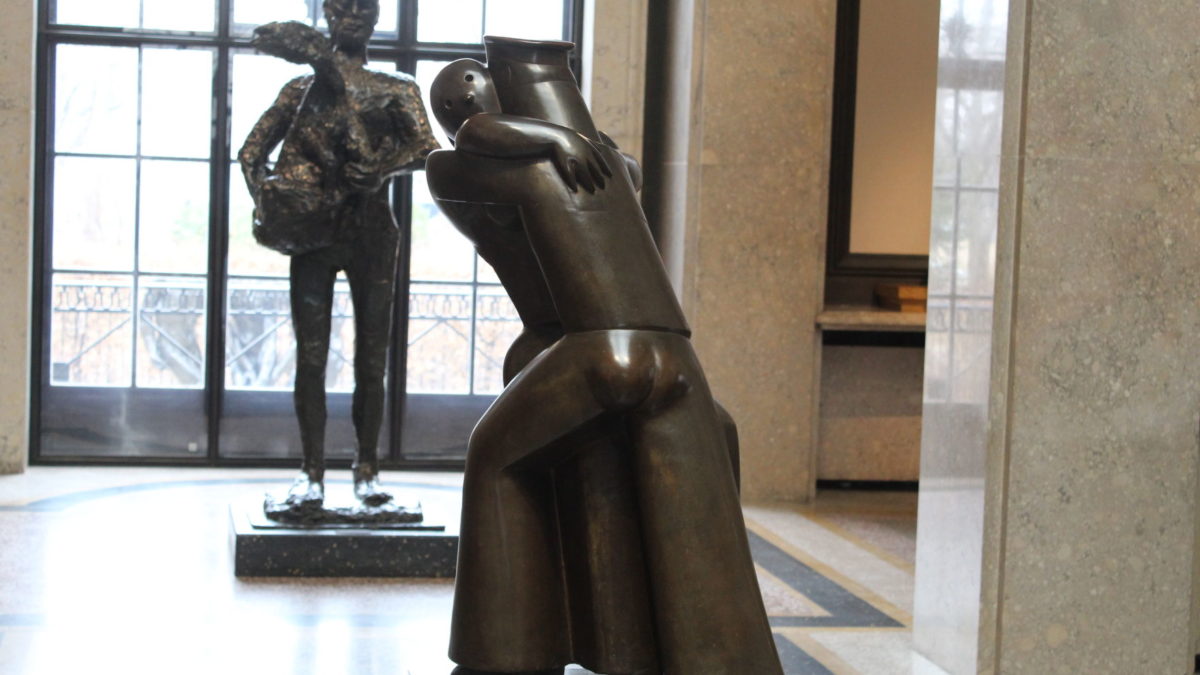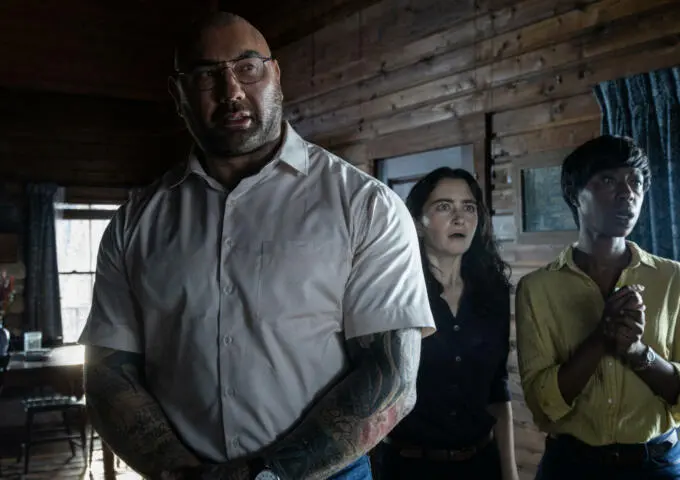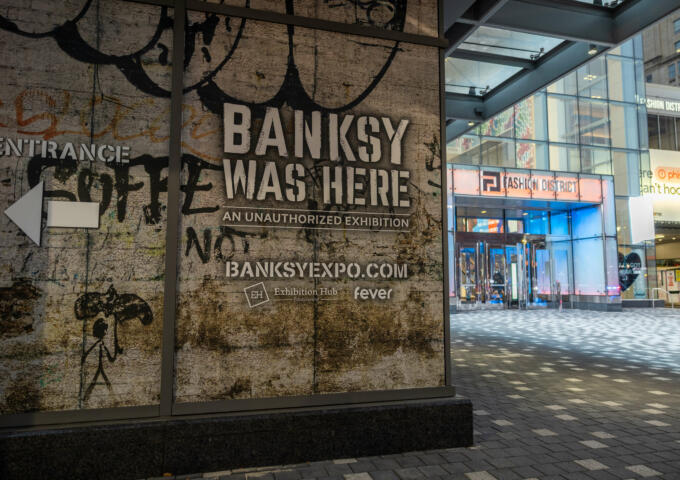After a brief hiatus, the Rodin Museum has reopened, while setting up its new “Rethinking the Modern Monument” installation. Featuring 80 sculptures, including 24 newly installed sculptures into the building, the works are predominantly created by or recreated in the image of famous French sculptor Auguste Rodin.
Outside the museum stands a version of the artist’s famed colossal sculpture The Thinker (1903) of a man lost in contemplation, originally a depiction of the Dante Alighieri intended to be included on his acclaimed bronze doors project, The Gates of Hell (commissioned in 1880). The Rodin Museum’s new collection also includes Rodin’s early terracotta model of The Gates of Hell, which shows the artist was already changing plans on the commissioned work.
Other displayed works include pieces by Jean Arp, Barbara Hepworth, Jacques Lipchitz, Marino Marini and Alberto Giacometti. The collection additionally highlights Pablo Picasso’s Man with a Lamb (1943), which is intended to defy symbolic meaning during its creation in Nazi-controlled, Vichy France, and Chana Orloff’s The Dancers (Sailor and Sweetheart) (1923). The latter piece by Orloff stands in a modernist contrast to Rodin’s The Kiss (carved between 1888 and 1898), noted for its provocative and sexualized depiction of lovers in an embrace.
Running through December 2020, the collection of monuments, large-scale structures and early designs intended for public monuments are curated by Alexander Kauffman, a postdoctoral curatorial fellow of Andrew W. Mellon and Anne d’Harnoncourt. Kauffman extensively studied the works of Rodin and traveled to France to see his monuments that still stand there and wants to break down preconceived notions of a Rodin among a current day, American art audience. Particularly, he hopes to shed light on the highly radical nature behind Rodin’s pieces and the scrutiny that they faced in his time. .
“Today in the U.S., we are accustomed to seeing Rodin in the context of an art museum. But in France, in its own day, Rodin was an innovative and highly controversial monument maker,” said, Kauffman, during a press event on Feb. 7 unveiling the new exhibit. “Ultimately, through his monuments, you can see Rodin as a major player in the social and political conversations of his day and as a much more complicated figure than we sometimes remember today.”
Unlike typical monuments in his day, Rodin did not seek to glorify individuals, instead opting for a collective tribute. For example, The Burghers of Calais (1889), which has a remodeled version in the courtyard of the Rodin Museum, showcases six men who were said to have sacrificed their lives during the Hundred Years’ War between England and France to save their city of Calais. While the men are sculpted with individual features, none stand out among the others. Rodin even wanted to forgo a pedestal to emphasize the French Republic and its egalitarian beliefs, which was ultimately denied by his patrons who wanted the piece to evoke heroism.
Rodin surmised his perspective on going against the grain when it comes to public monuments.
“By convention, a statue in a public place must represent a great man in a theatrical attitude which will cause him to be admired by posterity. But such reasoning is absurd…,” Rodin stated in 1907 to French art critic Paul Gsell. “There is nothing more beautiful than the absolute truth or real existence.”
Kauffman not only explores Rodin and his work but also uses him as an exemplar to question the factors that go into creating honorary monuments, still paramount to today’s discourse. Being situated on the Parkway in Philadelphia, Kauffman is quick to make the analogy to the former Frank Rizzo statue outside the Municipal Services, which has drawn support for its removal due to the former mayor’s contentious history around police brutality and relationships with the Black and LGBT+ community.
“It speaks to many of the conversations that we are asking about monuments in Philadelphia and in cities across the country. Questions like: Who should are monuments honor? What should our monuments look like? And who should ultimately be deciding?” continued Kauffman. “I was inspired by moments of activism towards removing monuments of those in the Confederacy across the American south and also proposals for new monuments in Philadelphia.”
Kauffman praised the city’s public installations in 2017, such as Monument Lab: A Public Art and History Project, which commissioned artists to challenge the quo of monuments, and The Octavius V. Catto Memorial at City Hall, which is Philly’s first monument dedicated to a Black American on public land.
TWITTER: @ANDREAJCANTOR




